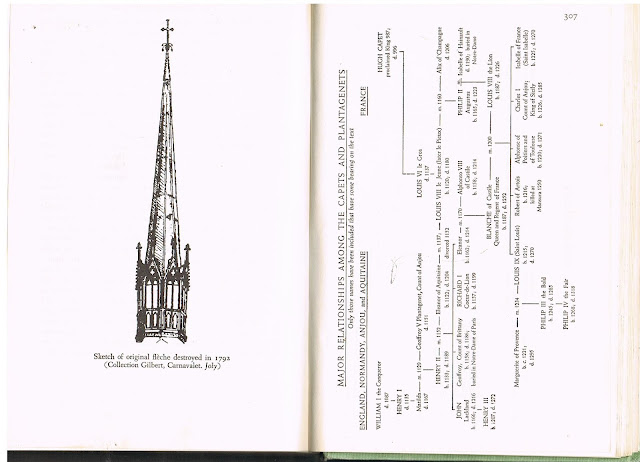When I go to the local library, I like to grab a random book or two off the non-fiction shelves, and this last trip, this was one of my selections:
When I got home and took stuff out of my library bag, I asked myself why I chose Notre Dame of Paris by Allan Temko. I'm not Catholic, not a medievalist, and I'm sort of interested in old architecture but not magnetically drawn to it. I realized, eventually, that mostly I liked the physical book itself. That's why I took it off the shelf.
It's a 1963 second printing of the 1952 original from Viking Press, and the style and construction really say mid-1960s to me. I remember that period as a happy time when the library was my favorite place. Once again happy at having gone to the library, in 2022, I knew what I wanted from this volume. I sat down with it, paging through and looking at various details.
Modern books are probably superior but I have warm feelings about this one. What do I like? I like nearly everything: the color of the board covers, the date-due stamps at the back, the illustration on the front board (hidden by the dust jacket), and the grouping of the photo illustrations in a photo section in the middle of the book.
Then there's the protector for the dust jacket. This last item is now only loosely slipped onto the book, as the plastic part of the yellowed Scotch tape strips disintegrated some time ago. They left narrow stripes of fossilized adhesive at top and bottom, front and back of the hardback covers.
Thus I could take the dust jacket off to scan it and also see on the inside of the protective wrapper that it is a No. 9 book wrapper from Gaylord Bros. Library Supply of Syracuse, N.Y. and Stockton, Calif.
Though my public library in Ohio had been using bar codes for a while, the library here was just changing over from the rubber-stamped dates to the bar code system when I moved to this side of the Casco Bay bridge in 2013. This book was first checked out in 1968 (or the current date-due record slip was attached anyway) and it was last borrowed in the rubber-stamp era in 2010. A month/day notation in pen suggests the library either checked over the condition of the book or matched it up with the computer record in March of 2015.
I totally remember when printers did the photo pages and the text pages separately, binding the pictures into the middle of the volume. But as in this book, drawing and sketches and diagrams were in with the regular text.
After some time examining tape residue and rubber-stamped dates, I did eventually get out of nostalgia mode and memories of the good old Hilton U. Brown Public Library in Indianapolis, and pay attention to the book's actual content.
Next week: Not a library book, whatever it is.

.jpg)














Comments
Post a Comment